When Place Becomes Plot.
If characters are the heart of a story and plot is the pulse, then setting is the bloodstream.
It flows through every scene, nourishing the mood, tension, and meaning—often quietly, sometimes thunderously. While we often think of setting as just the “where and when,” the truth is, it can shape a narrative as deeply as a character’s choice or a twist in the plot.
In a previous blog post, I explored the idea that setting is the “hidden character” in a story.
But what if we zoom in closer? What if setting isn’t just hiding, but actively sculpting the narrative in seven distinct ways?
Buckle up (or lace up your hiking boots, depending on the terrain), because we’re about to explore how location isn’t just background—it’s backbone.
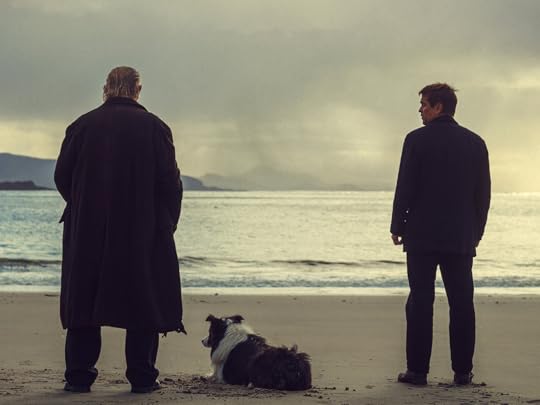 #1 – Setting as Psychological Mirror.
#1 – Setting as Psychological Mirror.
Some settings don’t just reflect the world outside a character—they echo what’s inside.
When used this way, the environment becomes a reflection of a character’s internal state. The isolation, the clutter, the chaos, or the emptiness of a space can serve as a metaphor for what a character is going through emotionally. It turns the landscape into a kind of visual diary.
Have a look at The Banshees of Inisherin. In this darkly comic Irish tale, the fictional island of Inisherin reflects the emotional standoff between two former friends.
The harsh cliffs, constant wind, and lonely cottages mirror Pádraic’s unravelling and Colm’s existential angst. There are no distractions, no bustling towns—just the echo of emotional pain bouncing off stone walls and sheep. It’s the kind of place that makes you question everything, especially your friendships.
 #2 – Setting as Catalyst for Change.
#2 – Setting as Catalyst for Change.
Certain locations don’t just support a character’s transformation—they demand it.
A change of scenery can be the ultimate instigator for internal growth. Whether it’s a forest trail, a war zone, or a foreign city, settings that challenge characters physically often spark spiritual or emotional evolution as well.
In Wild, Cheryl Strayed’s trek along the
Pacific Crest Trail isn’t just about conquering nature; it’s about conquering grief, guilt, and the self.
Every hill climbed and blister endured becomes part of her metamorphosis. The wilderness strips her bare and, in doing so, helps her rebuild. Nature doesn’t console her. It confronts her. And that’s the magic. It’s not the birds or the trees that change her—it’s her own reflection in the vastness.
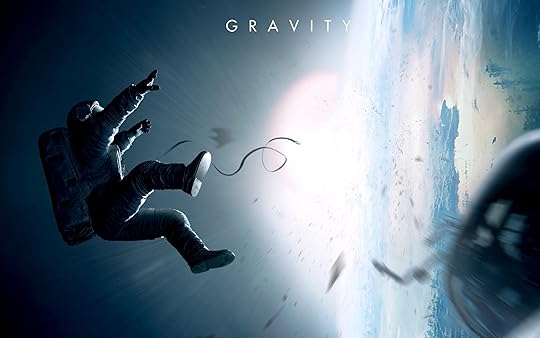
#3 – Setting as Obstacle or Antagonist.
Sometimes the setting is the villain. Or at least, it might as well be. Treacherous weather, hostile terrain, or even the cold vacuum of space can create external pressures that push characters to their limits.
When the setting is actively working against the characters, it stops being passive and becomes personal.
A great example of it is Gravity. Space is not evil, but it is most definitely not your friend. In Gravity, Sandra Bullock’s character is hurled into a setting that offers no oxygen, no gravity, no mercy.
Her struggle to survive isn’t against a monster or villain, but against the very setting itself. It’s a masterclass in how setting alone can sustain relentless tension. Floating in silence has never felt so loud or dangerous.
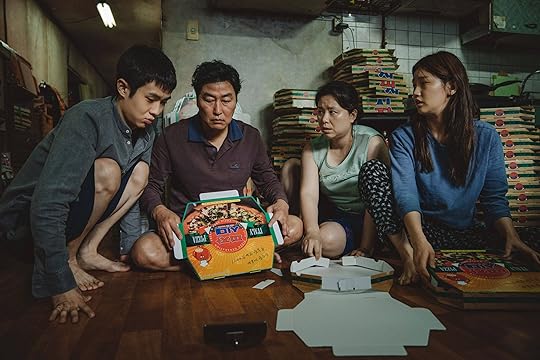 #4 – Setting as Social Commentary.
#4 – Setting as Social Commentary.
Settings can whisper social critiques—or shout them from the rooftops. The layout of a city, the architecture of a home, or the stark contrast between two neighbourhoods can tell us everything about power, privilege, and inequality.
A savvy storyteller can use setting to reflect societal truths without preaching.
In Parasite, Bong Joon-ho’s Oscar-winning film uses vertical space as a metaphor. The rich live up high, in sleek houses with wide windows. The poor live below ground, in cramped semi-basements. When it rains, the rich enjoy a lovely view; the poor get flooded out.
The city is laid out like a class diagram, and we navigate it through the characters’ desperation and cunning. Even staircases have opinions in this film.
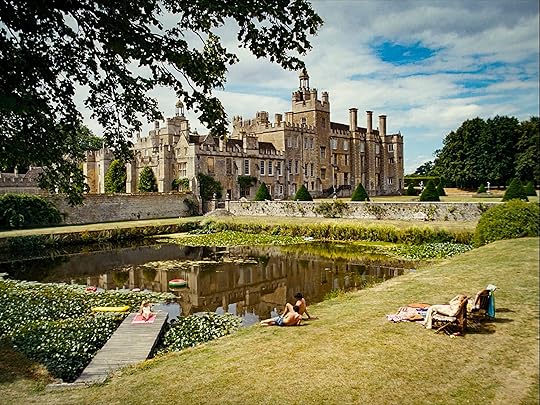
#5 – Setting as Genre Amplifier.
Want to crank up the tension in a horror? Drop your characters in a decrepit mansion. Want your romance to sparkle? Paris at night is the perfect setting.
The genre you’re working in often dictates a certain kind of setting, but the best stories use that expectation to double down on mood and tone.
Saltburn Emerald Fennell’s opulent, eerie estate in Saltburn is more than a house—it’s a mood. The sprawling estate amplifies the story’s gothic, seductive, and slightly unhinged vibe.
Everything about the setting—from candlelit halls to decadent parties—tells you this is not going to end with tea and crumpets. It heightens every glance and twist into something deliciously ominous. It’s Downton Abbey with a wicked glint in its eye.
[image error]
#6 – Setting as Memory or Dreamscape.
Some stories don’t take place in “real” settings at all. Instead, we travel through landscapes shaped by memory, imagination, or emotion.
These settings are often unstable or surreal, and deliberately so. They capture the essence of what a character feels, rather than where they are. It’s not geography—it’s psychology.
My favourite example of it is Inception. Dream architecture is malleable, and in Inception, it becomes both weapon and vulnerability.
A city folds in on itself, staircases loop infinitely, and subconscious fears erupt into crowded streets. The setting here is a direct expression of the mind, and navigating it is both a literal and emotional puzzle. It’s Freud meets Escher with a side of exploding reality.
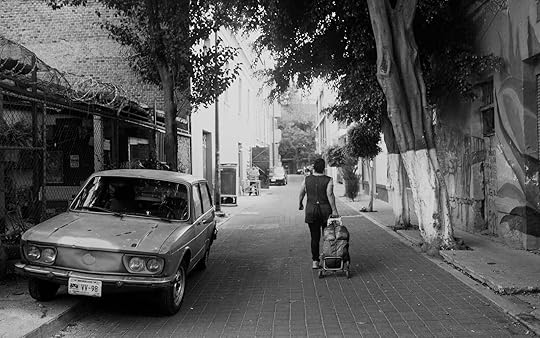 #7 – Setting as Time Capsule or Cultural Lens.
#7 – Setting as Time Capsule or Cultural Lens.
A great setting doesn’t just transport us to a different place; it takes us to a different time or cultural perspective.
These stories steep us in the details of an era or a place, giving the audience an immersive sense of history, politics, or everyday life. It’s not about nostalgia—it’s about context.
Alfonso Cuarón’s Roma brings 1970s Mexico City to life with intimate, lived-in detail. From the laundry on rooftops to student protests in the streets, the setting captures not just a place but a moment in history.
We understand the characters not just by their actions, but by the world they inhabit—every street corner filled with meaning. It’s as much a portrait of a city as it is of a woman’s quiet strength.
In Conclusion – The Setting Is the Soul. When setting is used with intention, it elevates a story from compelling to unforgettable. It can nurture character development, heighten stakes, or quietly deliver gut-punch truths. It’s not just where the story happens—it’s why it happens the way it does.
So next time you’re watching a movie or writing a scene, don’t just ask, “Where are we?” Ask, “What is this place doing to the story?“
Because sometimes the most powerful character is the one that doesn’t speak a word—but changes everything.
Happy writing!
Now it’s YOUR turn – Have you ever visited a real-life location that felt like it belonged in a movie? What story would unfold there?
Would love to get your input in the comment box below.
The post When Place Becomes Plot. appeared first on Vered Neta.



